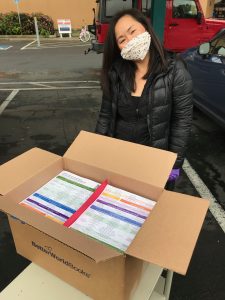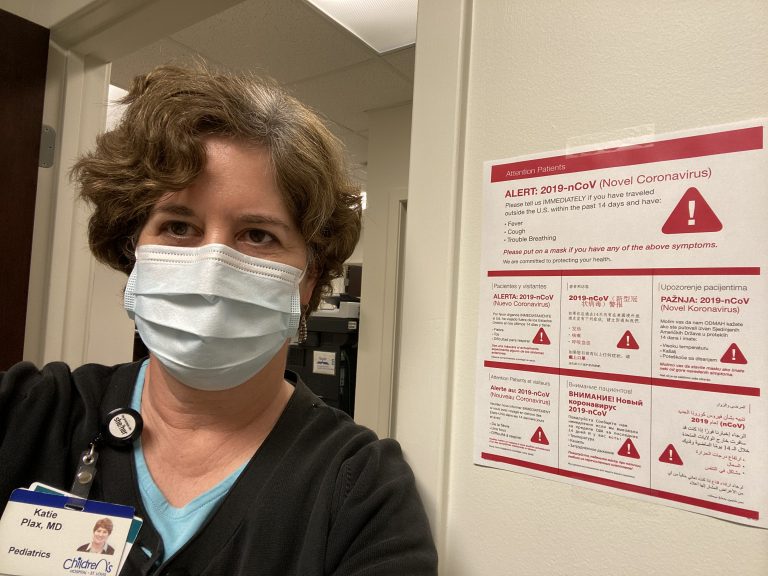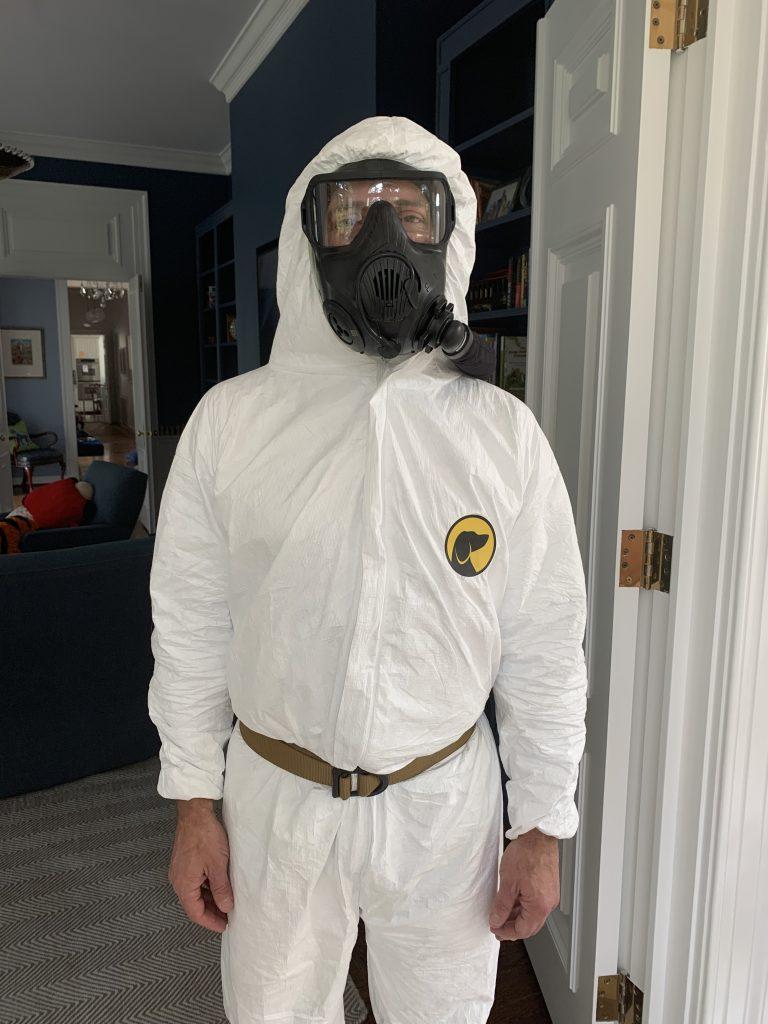Across the country, doctors and public health workers are overcoming the various challenges of the novel coronavirus, and in some cases risking their health to serve their communities. Verde reached out to some of these professionals in the area and beyond to find out how their work has been impacted, what lessons they are learning from the experience and how community members can help during this strange time.
Janine Bruce: Finding solutions to pressing issues
Janine Bruce, a doctor of public health and senior research scientist at the Stanford School of Medicine, wears many hats. She teaches Stanford residents and explores ways to provide services for underprivileged communities.
“When coronavirus hit, we reached out not only to our community partners but a wide range of partners like schools, food community agencies, preschools, to ask ‘What are you seeing and hearing?’” Bruce said. “Folks were worried about shelter in place and while staying home how they were going to pay their rent and how they were going to afford food.”

To help provide resources such as food and legal assistance to those seeking protection from eviction, Bruce reached out to organizations in the surrounding areas and was met with an overwhelmingly supportive response to the community coalition meetings that are held every couple of weeks. These meetings, intended to mobilize and connect community partners, have started up again due to COVID-19 and were last held during the economic recession of 2008.
“We’ve used virtual platforms like Zoom to bring people together,” Bruce said. “Now we have 20 different agencies that participate. Word has spread, it’s largely updating one another on what kind of needs we are seeing in the community, how things are evolving. It’s really encouraging to see such great collaboration and continued desire across community partner agencies that want to continue to work together.”
Bruce thinks that the best way to give back is to donate to organizations that provide crucial services.
“Core agencies are designated by your respective county to provide all kinds of services: rent, housing, food, utilities, and advocacy,” Bruce said.
The core agency for San Mateo is Samaritan House, the core agency for Santa Clara is Sacred Heart, and the core agency in East Palo Alto is the Ecumenical Hunger Program.
.
Mike Lynn: Face to face with COVID-19
As an emergency medicine doctor in a trauma hospital in Oakland, California, Mike Lynn specializes in dealing with high stress situations. Treating people who come in for a wide variety of reasons, Lynn has to be ready for anything when the ambulance pulls up. However, due to the ongoing pandemic, these emergency room situations have an additional layer of risk associated with them.
“A lot of times we don’t know what they have; that’s the definition of emergency medicine,” Lynn said. “Right now with the COVID-19 virus it’s complicated because most people don’t present with the textbook fever and cough.”
The population that Lynn serves is having a hard time dealing with the virus as well as the shelter-in-place orders.
“The people that we care for are mostly people who are disenfranchised from the health care system and don’t have a lot of access to care,” Lynn said. “These are folks that are having a hard time sheltering in place. They are people who are dishwashers and street cleaners and care for households, and a lot of them have lost their jobs.”
“Hopefully we learn a lot from this pandemic, are better prepared with equipment … and hopefully much better prepared for testing as well.”
— Mike Lynn, ED doctor
Among those disproportionately affected are the homeless.
“One of the hardest things is to figure out where to send people after we’ve seen them,” Lynn said. “A lot of people are homeless and you don’t want to send them back out to the street, especially if you think they may have the virus.”
Lynn believes that many lessons can be learned from this health crisis.
“I think many of these things are going to create long term changes for personal protective equipment and being much more diligent about wearing this in all situations,” Lynn said. “Hopefully we learn a lot from this pandemic, are better prepared with equipment and different types of rooms where we can isolate people, and hopefully much better prepared for testing as well.”
Katie Plax: Helping often forgotten youth
Katie Plax is the division chief of adolescent medicine in the Washington University School of Medicine in St. Louis as well as the medical director of The Supporting Positive Opportunities with Teens Youth Center, fondly referred to as The SPOT.
The center, located in St. Louis, provides health and social service resources for foster children. Due to the instigation of the shelter-in-place order in the city, the everyday services and space typically offered to youth between the ages of 13 to 24 are no longer available. Because of this, Plax worries about teens who will soon age out of the system potentially being left homeless.
“There’s one other thing that doesn’t cost money, which is kindness.”
– Katie Plax, medical director of The SPOT
“I have a very special place in my heart for youth in foster care,” Plax said. “No one ever thinks about them. Imagine if you’re a young person and you’re not living with your family and you don’t necessarily have a network of adults in your life, and you’re turning 21 and aging out of foster care in a global pandemic.”
While many challenges have arisen during the shelter in place, heartwarming moments make all of Plax’s hard work worthwhile.
“My patients have expressed so much gratitude, it’s really quite remarkable,” Plax said. “The other day, when one young person I saw was done with his visit, he came back two minutes later with this big bag of homemade masks that she [his grandma] had made that were all Star Wars themed. There have been these unexpected moments like that that are very gratifying.”

Plax encourages those who want to help foster children, or anyone else struggling during this time, to consider donating everyday goods that she knows make a world of difference for the kids she works with. Items like shampoo, lotion, deodorant, menstrual hygiene supplies and more can turn someone’s day around. And even simpler than that, Plax urges community members everywhere to show compassion for one another.
“There’s one other thing that doesn’t cost money, which is kindness,” Plax said. “Being as kind as you can to people that you come into contact with — people need that when they’re really stressed out. A little kind word or a little encouragement, anybody could do that.”
Local resources similar to The SPOT include the Mobile Adolescent Health Services Program — Teen Van, run by Stanford Children’s Health. This group provides medical services and support to homeless and underserved youth. Also, The Billy DeFrank LGBTQ+ Community Center works with young people located in San Jose to “be the community’s premier resource hub and a recognized leader in promoting health, strength, diversity and inclusiveness.”
RELATED STORIES
PAUSD graduation ceremonies pushed to December
PAUSD officially closed for rest of school year
PAUSD to switch to “credit/no credit” grading system following school closure extension



